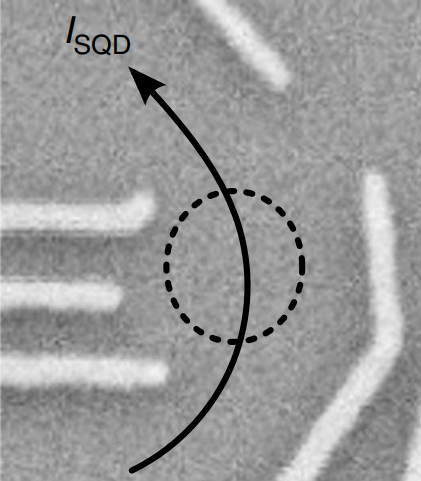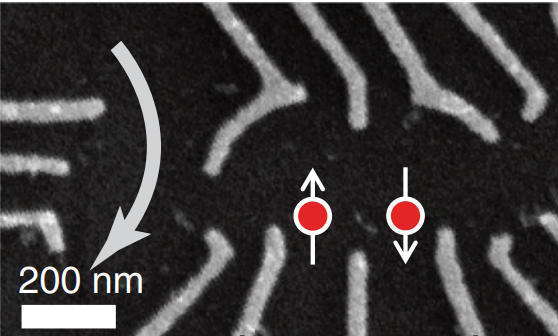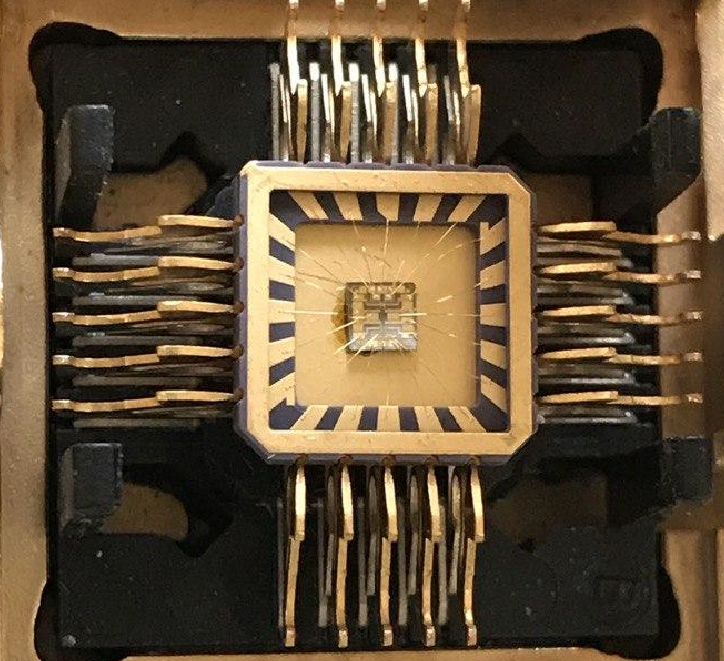We investigate 0-D systems, or quantum dots, in gate-defined two-dimensional electron gas. Focusing mainly on lateral quantum dots. They provide an excellent playground for the manipulation of individual quantum states. Towards the low occupation regime they also provide a promising platform for quantum computation in being able to form individual qubits, either through individual electron spin or through singlet-triplet qubits. Through the manipulation of these quantum states, we have the potential to be able to manipulate the quantum states of other, adjacent quantum structures

[1]
There are many types of quantum dots, some groups focus on their optical properties to create lasers, and others utilise vertical structures to define quantum dots. What we are interested in are lateral quantum dots, where the 2DEG is confined laterally to form a 2-dimensional island of electrons. This confinement is achieved using negative potential surface gates.
For formation the following requirement are needed:
Weakly coupled leads for electrons tunneling on and off the dot.
Low temperature to prevent thermal excitation.
Small size for sufficiently large energy gap to keep the electrons confined.
The electrons occupying this island have a Coulomb repulsion that prevents external electrons from entering the island, creating a “Blockade” in current, called the Coulomb blockade [2]. This blockade prevents electrons traveling on and off the dot freely, allowing so only when the potential on the dot is within the electrochemical potential of the leads, producing coulomb oscillations. Each oscillation signifies an electron "jumping" on and off the dot. You can observe the discretisation of charge!


[3]
Quantum dots are a brilliant playground for manipulating individual quantum states. Great examples of this is the singlet-triplet qubit, which is created through 2 adjacent, capacitively coupled quantum dot devices, utilising the quantum dot as an artificial Kondo center [4] and a bound state for Fano resonance when coupled with a quantum wire [5].
Quantum dots have been proposed for potential quantum computation applications [6].
References
[1] L. C. Camenzind et al., Hyperfine-phonon spin relaxation in a single-electron GaAs Quantum Dot, Nat. Commun. 9, 3454 (2018).
[2] L. P. Kouwenhoven, G. Schön and L. L. Sohn, Introduction to mesoscopic electron transport (Springer Netherlands, Dordrecht,1997).
[3] A. Nichol, High-fidelity entangling gate for double-quantum-dot spin qubits, Npj Quantum Inf. 3, 3 (2017).
[4] M. Goldhaber-Gordon et al., Kondo effect in a single-electron transistor, Nature 391, 156 (1998).
[5] J. Petta et al., Manipulation of a Single Charge in a Double Quantum Dot, Phys. Rev. Lett. 93, 186802 (2004).
[6] D. Loss and D. DiVincenzo, Quantum computation with quantum dots, Phys. Rev. A 57, 120 (1998).
